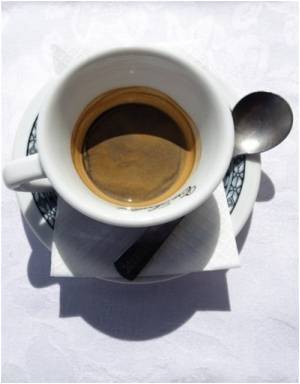Researchers are on the brink of developing a novel test for oral cancer where a brush can be used to collect cells from a patient's mouth.

The new test would involve removing cells with a brush, placing them on a chip, and inserting the chip into the analyzer, leading to a result in 8-10 minutes.
This will have a number of benefits including cutting waiting times and the number of visits, and also cost savings for the NHS.
The team led by Professor Martin Thornhill has begun carrying out clinical trials on patients at Charles Clifford Dental Hospital for two years to perfect the technology and make it as sensitive as possible.
If oral cancer is detected early, the prognosis for patients is excellent, with a five-year survival rate of more than 90 percent.
The nano-bio-chips are disposable and slotted like a credit card into a battery-powered analyzer. A brush-biopsy sample is placed on the card and micro fluidic circuits wash cells from the sample into the reaction chamber.
Advertisement
The machine uses two LEDs, or light-emitting diodes, to light up various regions of the cells and cell compartments. Healthy and diseased cells can be distinguished from one another by the way they glow in response to the LEDs.
Advertisement
"This technology will make it easier for us to screen suspicious lesions in the mouth and separate non-cancerous lesions from those where there is a risk of cancer and those where cancer has already developed," Thornbill added.
Source-ANI










